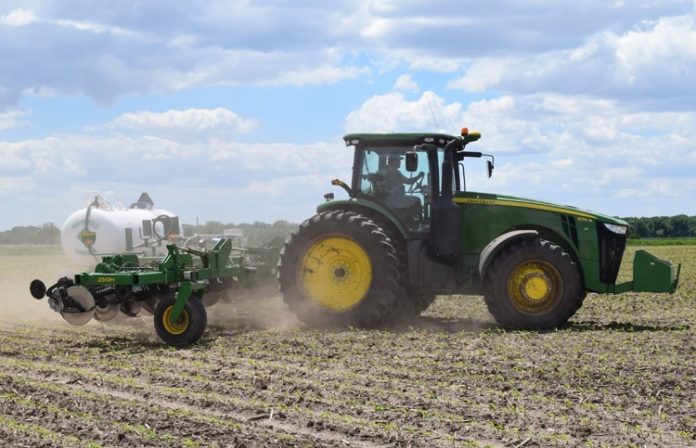AMES, Iowa — Although food and agriculture has been designated a critical industry by the federal government, people who work in these industries should plan ahead for how COVID-19 might impact operations.
“Start planning now so that you have some level of preparation,” said Melissa O’Rourke, farm management specialist with Iowa State University Extension and Outreach.
O’Rourke recently authored a five-step guide to help agricultural and food producers of all kinds prevent and cope with possible labor disruptions due to the global pandemic.
Called the “Five Steps to Formulate Workforce Contingency Plans in the COVID-19 Setting,” the publication points out the importance of following the recommendations issued by the U.S. Centers for Disease Control and Prevention and explains how to function during and after an outbreak.
Each sector of agriculture is vulnerable, so precautions should be followed. O’Rourke said dairy and livestock farmers are often short on labor even under good conditions. She advises farm operators to plan ahead so that if one or more workers are affected, there is still someone qualified to take care of the animals and see that necessary chores get done.
The article also discusses ways farmers can cross-train each other and rotate job duties and the importance of keeping a written copy of standard operating procedures so all workers will know and follow the same plan.
“Whatever the regular workforce consists of on the farm, now is the time to assume that Plan A may collapse in the event of COVID-19 impacts,” O’Rourke writes. “Devise Plan B as the backup plan to fill labor needs, and be ready with a Plan C on deck as well.”
Crop producers should also be prepared, making sure there are enough people who know how to plant and run farm machinery this spring. One advantage, according to O’Rourke, is that there will likely be an increase in high school and college students who are unable to seek traditional summer employment, and they might be able to help on the farm.
O’Rourke said farmers should try to follow the same guidance as everyone else – the six-foot social-distancing rule and use of personal protective equipment – whether it’s in the dairy barn, tractor cab, farm store or anywhere else farmers go.
In the worst case, she advises farm workers to be prepared to function with a reduced workforce. In that case, priorities and contingency schedules will be essential.
“Be ready for the possibility that the farm or ag business may be unable to recruit and train replacement workers,” she writes. “Anticipate this scenario by prioritizing the most essential tasks and critical workers.”
















